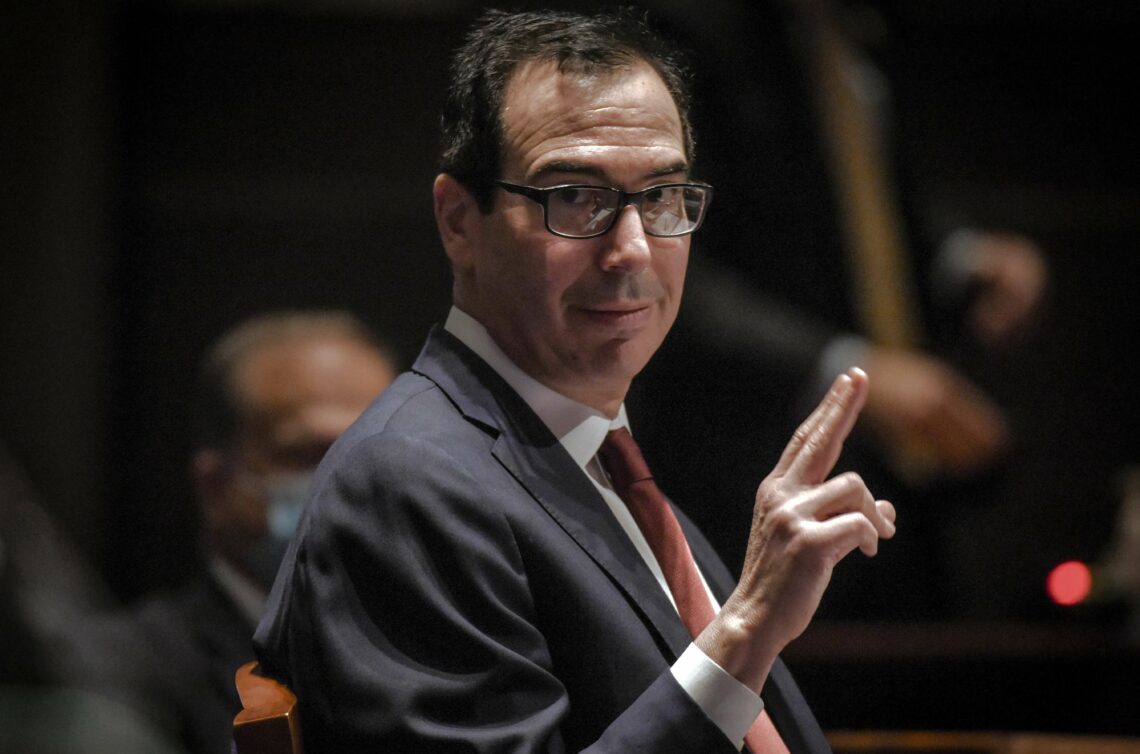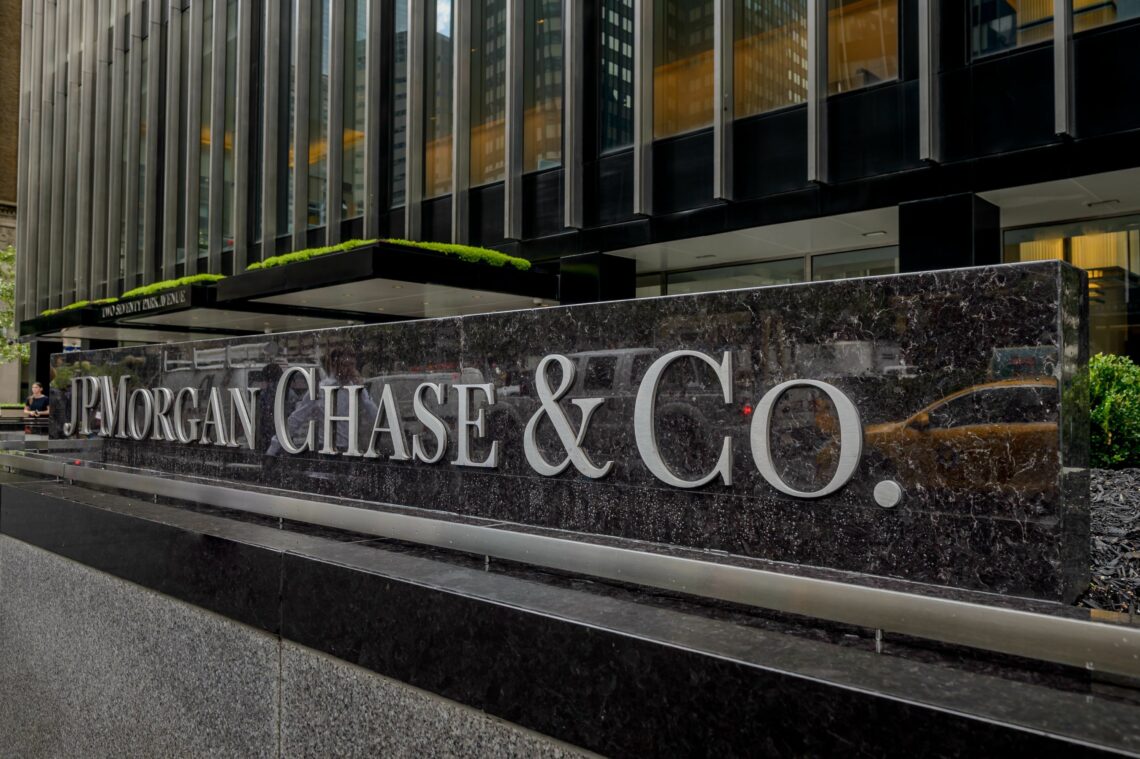Governments want pessimism
Through its policies, the U.S. Federal Reserve is implying that the banking sector is in danger. Capping dividends and stopping buybacks forces banks to accumulate large amounts of cash, whereby the U.S. Fed is insulating them against bank runs that may never come.

In a nutshell
- The U.S. Fed has capped dividends and stopped buybacks
- Authorities claim this will help banks survive the crisis
- Pessimistic policymaking will come at a cost
In the United States, the Federal Reserve has engaged in loose monetary policy to suit President Donald Trump’s electoral needs and to soften the consequences of the lockdown – the interest rate on 10-year Treasury notes fell from 1.8 percent to less than 0.6 percent since the beginning of this year. At the end of June, it capped the dividends that big banks distribute to their shareholders and it prohibited buybacks.
Crucial tools
Dividends and buybacks are the most important instruments through which a company distributes cash to its shareholders. In theory, handing out dividends is a way of showing that a company is healthy and that it has plenty of other opportunities to finance its expansion. Dividends also remunerate loyal shareholders who look for regular streams of capital income and would otherwise buy bonds. Loyalty is important because it protects the incumbent management against hostile mergers and takeovers.
Buybacks also remunerate shareholders by propping up stock prices. They are attractive because they can improve some financial indicators ratios, e.g. the rate of return on assets and on equity. Better indicators justify bonuses (making managers happy) and please regulators.
Authorities are behaving as if the consequences of the pandemic might be far more serious than the Great Recession.
Although shareholders like to pocket those periodical cash handouts, they have not objected to the new rules imposed by the Fed. This is understandable, especially during a crisis. Authorities are claiming that these measures will boost big banks’ liquidity, helping them tackle the Covid-19 pandemic and thus strengthening the whole economy. This sounds reassuring. However, some additional factors should be taken into consideration.
First, if banks are prevented by law from handing out cash, managers can allocate more resources to reserves in anticipation of possible future losses without alarming their shareholders and without being blamed for bad performances or past imprudent choices. Second, if the Fed feels uneasy about the solidity of the American banking system, tighter regulation may be a way of avoiding pressure to bail out some of the big players.
Although today’s banks are undoubtedly stronger than in 2008-2009, the authorities are ominously behaving as if the economic consequences of the pandemic might be far more serious than the Great Recession.
Idle cash
It is crucial for banks to have large amounts of cash in their vaults. A bank with large cash reserves is less vulnerable to bank runs, especially if it is at risk of incurring significant losses when its debtors go bankrupt. However, it is questionable whether the U.S. economy, and the banking sector in particular, really suffer from scarce liquidity.
Between early January and the end of May 2020, the U.S. money supply increased by 47 percent (M0) and 18 percent (M2). American commercial banks closed 2019 with $2 trillion outstanding unused industrial and commercial loans. Corporations kept increasing their cash balances throughout the first quarter of 2020. More cash has also been made available for the real estate sector. Finally, Americans are saving like never before.
Policymakers have an interest in giving weight to the worst possible scenarios.
During the past 10 years, the average savings rate was about 7 percent. In April 2020, the same figure was a whopping 33 percent. Clearly, a substantial part of those financial resources ended up in Wall Street. The funds also contributed to financing the rapidly increasing federal budget deficit, which could reach 15 percent of gross domestic product (GDP) according to the latest predictions.
Significant amounts of money were also entrusted to commercial banks. During the first quarter, banks’ cash inflow and outflow ratio declined but this drop was mainly due to the large increase in the denominator. Far from suffering from a liquidity problem, U.S. banks are in fact ready to lend generously to get rid of the idle cash they have in their vaults.
Thus, either the Fed believes that U.S. banks are seriously underestimating the risk of a bank run and is de facto forcing them to increase their liquidity, or other, less obvious concerns are driving the American authorities. These two possibilities are two sides of the same coin. Policymakers have an interest in giving undue weight to the worst possible scenarios and adjust their regulatory activities accordingly.

Planned pessimism
According to the latest predictions by the International Monetary Fund (IMF), in 2020 U.S. GDP should drop by about 8 percent – less than in Europe and Latin America, but 10 times more than in non-OECD Asian countries and more than in 2009. All this is already in the data. Not surprisingly, and despite a buoyant stock market sustained by the Fed’s massive injections of liquidity, U.S. bank stocks are still between 25 percent and 30 percent below their pre-Covid values. Could the crisis be more intense than first thought? Will it devastate U.S. banking? This author’s answers to those questions are “maybe” and “unlikely,” respectively; but it seems the Fed would answer with a double yes.
Individuals act on the basis of their expectations. They assess the gains and losses associated with possible events, assign a probability to each outcome and act according to their risk tolerance. However, in the case of the Fed’s predictions, bureaucrats and technocrats have an interest in emphasizing the worst-case scenario, regardless of its likelihood.
If bad things happen, they can claim they were right and cannot be accused of misleading the public and the political class. If the worst does not occur, they can take credit for having undertaken timely and appropriate countermeasures. The result, therefore, is that authorities tend to act as if catastrophic scenarios had materialized, without acknowledging this behavior.
By doing so, policymakers not only avoid criticism for having underestimated the next crisis but also avoid accusations of panic-mongering. The new directives regarding dividends and buybacks are an example of this trend.
It would be desirable if the authorities suffered a loss of credibility.
As long as individuals believe that the Fed “knows better” and has access to undisclosed information, they are induced to be more pessimistic than they would be otherwise. Consumption and investments drop, while savings soar and Wall Street celebrates. It is not clear whether this is what the Fed actually wants. Surely, if the purpose is to avoid panic and enhance aggregate demand, this goal is canceled by the unnecessary pessimism that the monetary authorities generate.
Scenarios
Regrettably, this is not the end of the story. As long as regulators adjust their attitudes to worst-case scenarios, we can expect regulations to become more and more intrusive while people behave as if doomsday were around the corner and only plan for the short term. This is hardly the way to foster entrepreneurship or encourage businesses.
In such circumstances, it would be desirable if the authorities suffered a loss of credibility. They would still regulate. But people would become less tolerant of regulation, more optimistic and more alert to the opportunities offered by globalization, which boils down to relocation.
During the past 20 years, the West has been falling behind and has not taken advantage of Covid-19 to reshape the economic rules of the game. Policymakers are now adding pessimism to reams of regulation and heavy taxation. The West’s competitors are not necessarily less regulated. But they are hungry, ambitious and relatively optimistic about the future, even when disaster strikes. This explains why they will continue to attract business and entrepreneurs and why our tinkering with trade barriers and regulatory and fiscal harmonization is, and will remain, futile.







